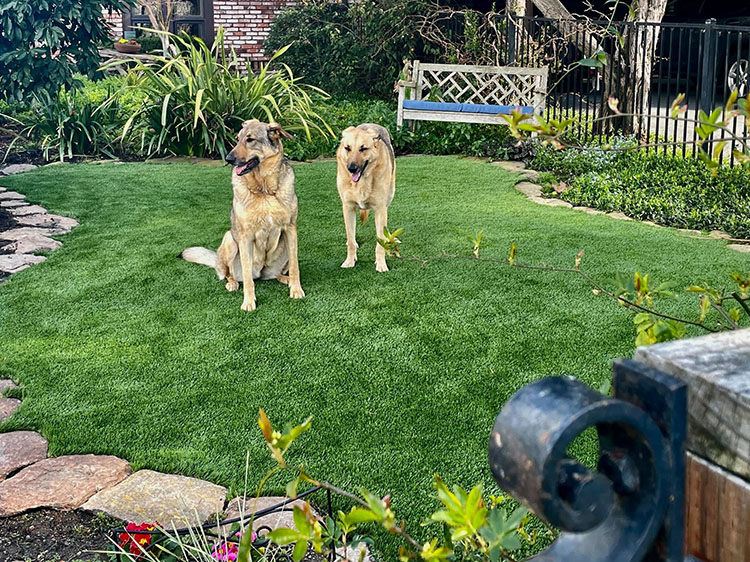
The Difference Between Infill and Non-Infill Artificial Grass
The picturesque streets of Long Island, NY, are the epitome of suburban charm. Lush lawns known to the locals as “the carpet of life” decorate the neighborhoods, contributing to the overall ambience of delightful living. However, maintaining natural grass can be quite a chore for many homeowners. Enter artificial grass, a sustainable and low-maintenance alternative, perfect for weather conditions in Long Island, whether it’s snowing in North Shore or it’s a sunny day in South Shore.
Understanding Artificial Grass
Before we delve into the differences between infill and non-infill artificial grass, it’s essential to have a basic understanding of artificial grass. Artificial grass comprises synthetic fibers that resemble natural grass in both looks and feel. Manufactured to be resilient against various elements, artificial turf offers an excellent landscaping solution for your front yard, backyard, or for pet-specific spaces in Long Island homes.
For the uninitiated, one popular subcategory is the artificial grass for pets. A relief for pet parents who dread the ruined lawns and muddy paws, this type of artificial grass is specially designed to withstand any pet-related damages.
Infill vs. Non-Infill Artificial Grass
Artificial grass comes in two types- with infill and non-infill. Much like the homely divide between the North and South Shore residents, the infill vs. non-infill debate has artificial grass enthusiasts divided into two camps. So, let’s break down the differences:
Infill Artificial Grass
The crux of infill artificial grass is the infill; granules (usually of sand, rubber or a sand/rubber mix) are spread across the turf after its installation. The infill provides extra stability, cushions the surface and helps the grass blades stand up for a more natural look.
Non-infill Artificial Grass
By stark contrast, non-infill artificial grass doesn’t need any fillers. Instead, it relies on the density of the grass blades to keep the structure upright and stable.
Infill vs. Non-Infill: A Comparison
To further highlight the difference between the two, let’s take a detailed comparison based on these factors:
Installation:
Infill types require extra steps to install the infill post grass installation, while non-infill types are simply rolled out and installed. However, the infill installation provides better anchorage against the strong winds of Montauk.
Maintenance:
Infill types, especially when filled with silica sand, keep the lawn cooler during the Long Island Summers and require lower maintenance in the long run. Non-infill types might require regular brushing to keep the fibers standing tall.
Use:
Non-infill types are ideal for less trafficked areas like balconies or terraces. However, for high-traffic areas, like a play space for your kids or a yard for your pets, the infill type, with sand/rubber mix infill, is significantly more durable and comfortable.
So, Which One to Choose?
The choice between infill and non-infill artificial grass largely depends on your specific needs and personal preference. Nonetheless, it’s clear that both types offer significant advantages.
To conclude, artificial grass is the optimal solution for a hassle-free, sustainable lawn. It captures the picturesque charm of Long Island lawns without the associated maintenance and watering costs. Please feel free to send us a message if you have any questions, or if you want recommendations for trusted local installers.
